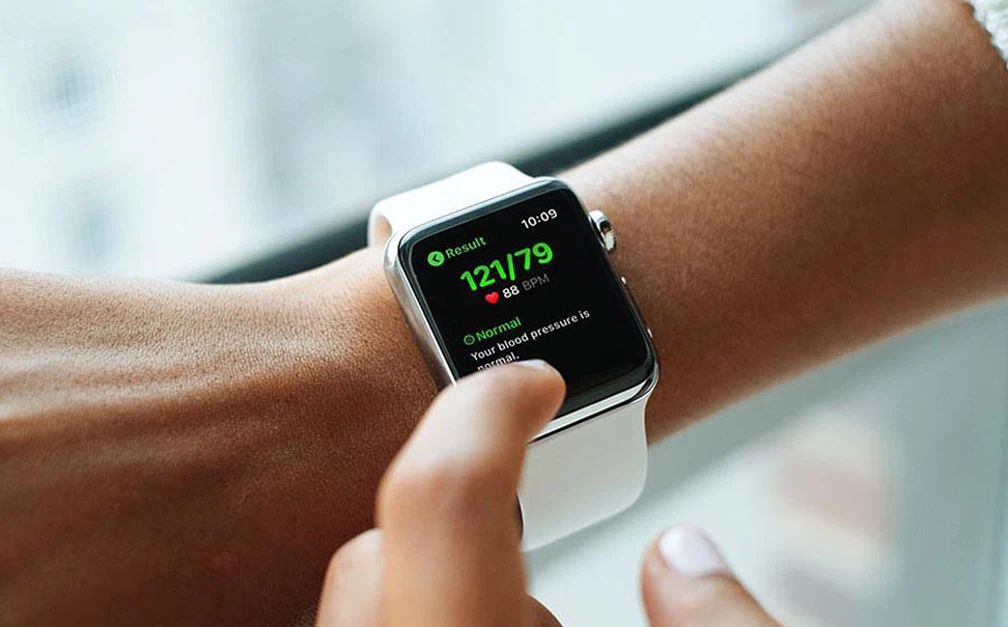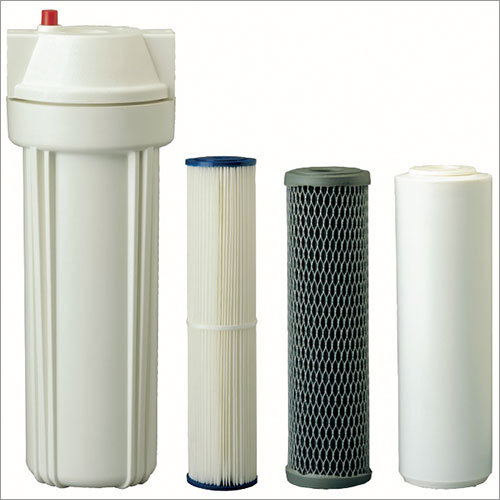
In the ever-evolving landscape of wearable technology, smartwatches have quickly become indispensable tools for health-conscious individuals. One of the most significant advancements in smartwatch technology is its ability to monitor heart rate and blood pressure. These features offer a convenient, real-time way to keep track of two essential aspects of cardiovascular health, empowering users to take proactive steps toward improving their well-being.
In this article, we’ll dive into the role smartwatches play in heart rate and blood pressure monitoring, how these features work, and why they’re a must-have for anyone looking to take control of their health.
How Heart Rate Monitoring Works on Smartwatches
Heart rate monitoring has become a standard feature in many smartwatches, transforming them into personal health assistants on your wrist. But how does it work?
Most smartwatches use optical heart rate sensors that utilize light to detect blood flow. These sensors shine a green light onto the skin, and when blood flows through the veins, the light is absorbed, while some light is reflected back. The smartwatch uses this reflected light to measure the pulse rate. The more advanced models, such as those available at Cezeno, provide continuous monitoring, giving users real-time updates on their heart rate during rest, exercise, and throughout the day.
This real-time data allows users to better understand how their body responds to different activities, including workouts, stress, and sleep. Regularly tracking heart rate helps users identify abnormal spikes or dips, which could indicate underlying health issues that need to be addressed by a healthcare professional.
The Importance of Heart Rate Monitoring for Fitness and Health
Knowing your heart rate during exercise is crucial for achieving optimal results. Monitoring your heart rate helps ensure you’re exercising within the correct intensity zone—whether you’re aiming to burn fat, improve cardiovascular endurance, or build strength.
For fitness enthusiasts, tracking heart rate can:
- Maximize workout efficiency: Smartwatches provide real-time feedback on whether you’re working out in your target heart rate zone, allowing you to adjust your intensity as needed.
- Prevent overexertion: By keeping an eye on heart rate, smartwatches help you avoid pushing your body too hard, reducing the risk of injury or burnout.
- Improve cardiovascular health: Regular monitoring can encourage better fitness habits, as users strive to stay within healthy heart rate zones.
Beyond fitness, heart rate monitoring has broader health benefits. It can detect irregular heart rhythms that may signal conditions like atrial fibrillation (AFib), which requires medical attention. By being aware of your resting heart rate over time, you can gain insights into your overall health—changes in your resting heart rate can indicate stress, dehydration, or illness.
If you’re looking for a smartwatch that offers accurate and continuous heart rate monitoring, Cezeno’s collection has a variety of models that can suit your needs and style.
How Smartwatches Monitor Blood Pressure
Monitoring blood pressure is a newer but equally important feature found in modern smartwatches. It provides users with a more holistic view of their cardiovascular health. But how do smartwatches measure blood pressure?
Most smartwatches with this capability use a technology called photoplethysmography (PPG) in conjunction with advanced algorithms. While traditional blood pressure cuffs measure systolic and diastolic pressure directly, smartwatches estimate blood pressure by analyzing pulse wave velocity—the time it takes for blood to travel through your arteries. Some models require users to calibrate the smartwatch with a traditional blood pressure monitor before use, ensuring the readings are accurate.
Once calibrated, these smartwatches can monitor blood pressure throughout the day, providing insights into how stress, diet, and activity levels affect it. This feature is particularly valuable for individuals managing hypertension or those at risk for heart disease, as it allows them to track changes in blood pressure over time and make lifestyle adjustments accordingly.
Explore Cezeno’s range of smartwatches with blood pressure monitoring capabilities to find a device that can help you take control of your health.
Why Heart Rate and Blood Pressure Monitoring Matter
Both heart rate and blood pressure are critical indicators of cardiovascular health. By keeping track of these metrics, smartwatches allow users to catch potential health issues early, long before they become serious. For example, detecting consistently high blood pressure can prompt early intervention, potentially preventing heart disease or stroke. Similarly, spotting irregularities in heart rate can be an early warning sign of arrhythmia or other heart conditions.
Moreover, for individuals already managing cardiovascular issues, these monitoring tools provide essential data that can help them work with their doctors to adjust medications, diet, or exercise routines. The ease and convenience of wearing a smartwatch mean users can get frequent updates on their health without the need for cumbersome equipment or frequent doctor visits.
Conclusion
Smartwatches have become far more than just accessories; they are powerful tools for managing heart rate and blood pressure, two vital components of our overall health. Whether you’re a fitness enthusiast, someone managing cardiovascular conditions, or simply someone looking to stay proactive about their health, the ability to monitor these metrics in real-time is invaluable.







